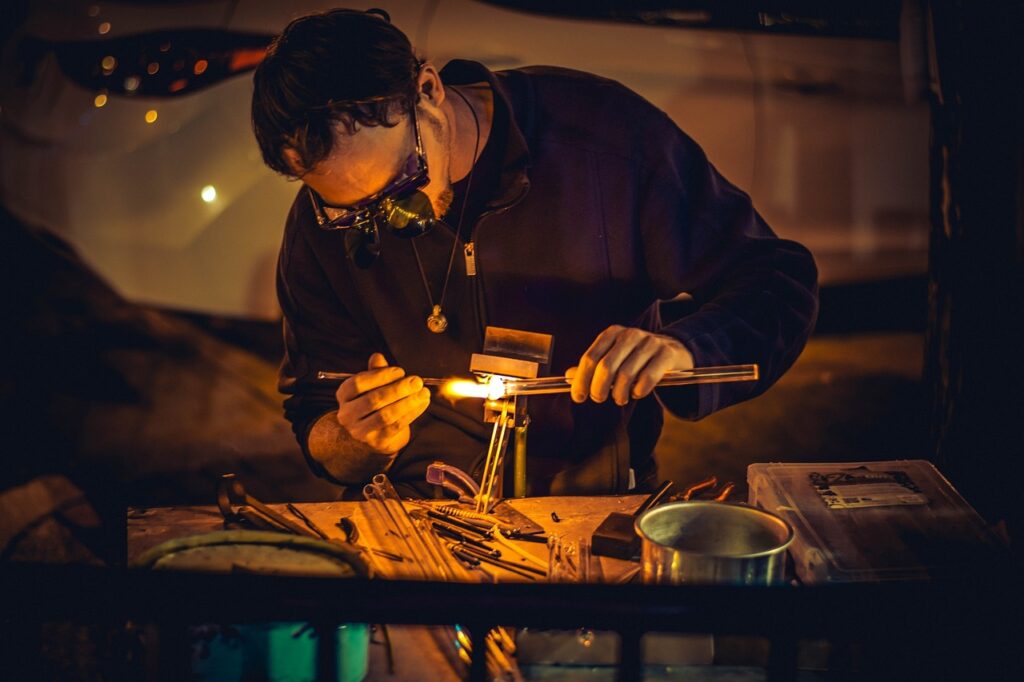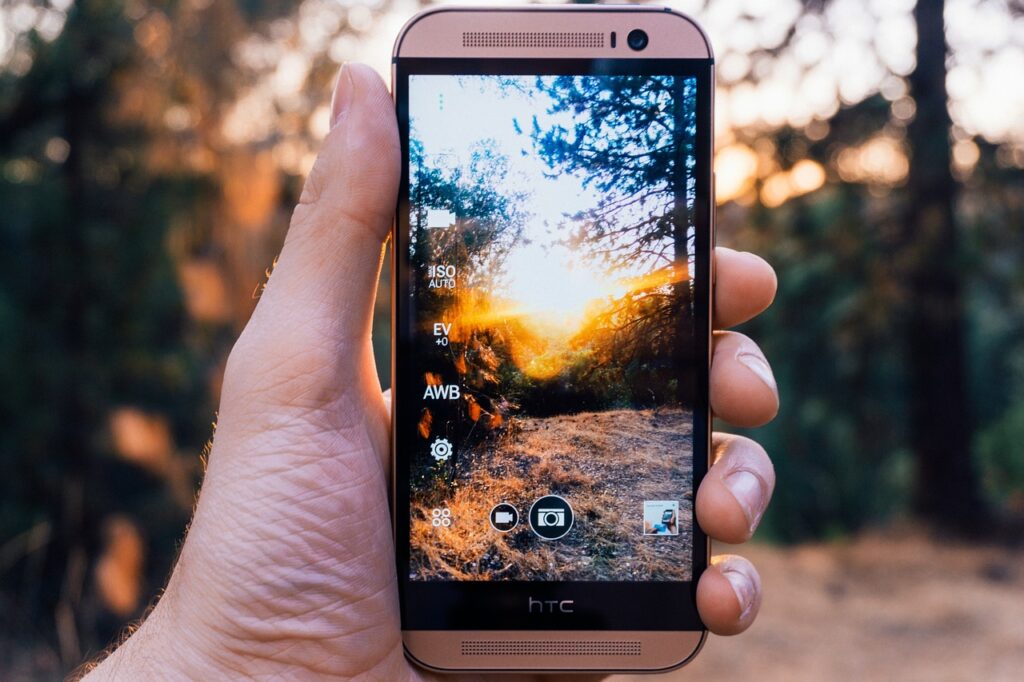Creator Economy Tools

Creator economy tools. In today’s digital world, creativity isn’t just a hobby—it’s a booming business. Think about the last time you scrolled through Instagram, watched a YouTube tutorial, or listened to a podcast on your way to work.
Did you ever wonder how these creators manage to make content that’s so polished and professional? Here’s the thing; many of them aren’t huge companies with big production teams. They’re regular people like you and me, using a handful of powerful tools to create, connect, and grow.
According to business insider Africa, the creator economy is valued at over $250 billion, and over 50 million people consider themselves creators globally. And while you might think it takes a lot of money or technical expertise to succeed in this space, the truth is much simpler: It’s all about having the right tools.
Creator Economy Tools
What’s amazing about this shift is that it’s incredibly democratizing. Today, you don’t need to have millions of followers or a corporate backing to get started. With the right tools, anyone can create professional-quality content, build an engaged audience, and even monetize their craft.
Whether it’s through YouTube, TikTok, podcasts, or personal blogs, the “creator economy” has exploded. You can share your expertise, art, and ideas while earning a living. But what exactly is the creator economy, and why is it growing so fast? What are creator economy tools? What tools are creator economy tools? Read on as I’ll provide answers to this question on these questions in this article.
Creator Economy Tools: What is The Creator Economy all about?
The rise of the internet and social media has given birth to a new kind of economy, driven by everyday people who are turning their talents into thriving businesses. “The creator economy”
The creator economy refers to a digital marketplace where individuals (known as creators), build audiences and monetize their content, skills, or influence. These creators, ranging from video bloggers and musicians to educators leverage platforms like Instagram, YouTube, TikTok, and Patreon to connect directly with their audience and earn revenue.
This economy operates on a decentralized model, where creators no longer need big media companies or publishers to succeed; instead, they rely on their personal brand and community engagement to grow.
Just a decade ago, becoming an “influencer” or full-time content creator might have seemed like a dream job for a select few. But today, the barriers to entry are no longer there; it is now possible for almost anyone with a smartphone and an idea to become a creator.
Creator Economy Tools
As of 2023, over 50 million people worldwide consider themselves part of the creator economy, with more than 2 million making content creation their full-time job .
The rise of platforms like YouTube (with over 2.5 billion monthly users) and TikTok (with 1 billion monthly active users) has paved the way for a wide range of creators, from lifestyle influencers to niche experts, to build personal brands .
This rise in individual creators has not only democratized content creation but has also transformed the way businesses operate. Creators now act as small-scale entrepreneurs, selling everything from digital courses to branded merchandise, or earning income through sponsored content and subscriptions. They can monetize their passions without needing middlemen, and in many cases, they’re creating multiple streams of income by using tools and platforms designed specifically for the creator economy.
Creator Economy Tools: Creator economy
With an estimated market value of over $250 billion, this digital ecosystem is reshaping industries, influencing consumer behavior, and creating new opportunities for people around the globe. A key factor in its growth is the increasing demand for authentic, personalized content. Today’s consumers are more likely to trust and engage with creators whose content feels relatable and genuine, rather than polished ads from big corporations.
More than 40% of Gen Z says their favorite way to learn about products is through creators and influencers. Now,
86% of young people aspire to become social media influencers because it is viewed as a legitimate career path.
The global growth of the creator economy has also been accelerated by technology. The ease of accessing creator tools (like video editing apps, design platforms, and live streaming software) has empowered individuals everywhere, from big cities to remote areas, to participate in this new economy.
As platforms continue to evolve, the creator economy shows no signs of slowing down. It’s creating a new era of digital entrepreneurship, where passion, creativity, and connection are at the center of the economy—and anyone with the right tools and determination can thrive.
What Are the Creator Economy Tools?
If you’ve ever tried to create something—whether it’s a YouTube video, a blog post, or an Instagram reel—you know that passion alone isn’t enough. You need the right tools to bring your ideas to life. And in the booming creator economy, these tools help millions of creators around the world produce, share, and profit from their content.
The creator economy tools are like a virtual toolbox that offers everything you need at every stage of your creation journey. Whether you’re a pro or just starting out, these tools are what turn creative hobbies into profitable careers.
These tools allow everyday creators to produce high-quality content, grow their audiences, and even make a living doing what they love. Below are the must-have types of creator economy tools that are transforming the way creators work, connect, and thrive in the digital landscape.
Types of Creator Economy Tools
While the world of creator economy tools is broad, they generally fall into four main categories: creation, monetization, distribution, and analytics. Each plays a major role in the life of a content creator, helping them not only produce engaging material but also reach and understand their audience.
Creator Economy Tools: Creation Tools
This is where it all begins. Creation tools help bring your creative vision to life, whether you’re shooting videos, designing graphics, or recording podcasts.
Video Editing Tools like Adobe Premiere Pro, Final Cut Pro, and even simpler apps like CapCut let creators transform raw footage into polished, professional-looking content. With over 500 hours of video uploaded to YouTube every minute, having a standout video can make all the difference.
Creator Economy Tools
Graphic Design Tools such as Canva and Adobe Photoshop are essential for creators who need eye-catching thumbnails, logos, or social media graphics. These platforms have democratized design, allowing anyone to create visually stunning content, regardless of their experience.
Audio Editing Tools like Audacity and GarageBand make podcasting and music production more accessible. As of 2023, there are over 5 million active podcasts, and these tools are fueling this massive wave of audio content creation.
For content writing, MS word, Notepad, Google docs, are some of the most used tools for content writing. For example, I drafted this article using Google Docs, and let me tell you, it’s been the best. Not only can I access my work from anywhere, but its real-time collaboration features made it seamless for my editor to chime in. There’s also Grammarly to make your writeup error free.
Creator Economy Tools: Monetization Tools
Creating content is one thing—getting paid for it is another. Monetization tools allow creators to turn their work into income by offering direct or indirect ways to earn from their content.
Crowdfunding Platforms like Patreon and Ko-fi enable creators to receive direct financial support from their fans. Patreon alone has helped over 250,000 creators earn a living by offering exclusive content to their subscribers.
Merchandise Platforms such as Teespring and Redbubble let creators design and sell custom products without needing to manage inventory. This gives creators a way to expand their brand and income streams through branded merchandise like t-shirts, mugs, or stickers.
Subscription Platforms like OnlyFans and Substack offer creators a way to build recurring revenue by selling exclusive access or premium content to their followers. This shift has been particularly powerful, as more creators focus on building sustainable, long-term income directly from their communities.
Also, advertisement platforms like Google AdSense, Monetag, Adsterra and the likes enable creators to monetize their blogs.
Creator Economy Tools: Distribution Tools
When the content is prepared, it must be seen by your target audience. Distribution tools help creators share their work across various platforms, ensuring that their content is seen by the right people at the right time.
Social Media Scheduling Tools like Hootsuite and Buffer streamline the posting process, allowing creators to schedule and manage their posts across multiple platforms like Instagram, Twitter, and Facebook. With 5.17 billion social media users worldwide, these tools help creators maintain a consistent presence online. There’s also meta business suite that helps manage your social media.
Video and Live Streaming Tools such as Stream labs and OBS are critical for creators who engage with their audience in real time, whether it’s through gaming streams, live Q&A sessions, or virtual performances. Twitch, one of the leading live streaming platforms, has over 2.5 million daily active users, highlighting the growing demand for live content.
Podcast Distribution Platforms like Anchor and Buzz sprout allow podcasters to syndicate their shows across various services like Spotify and Apple Podcasts, helping them reach millions of listeners effortlessly.
Creator Economy Tools: Analytics Tools
Understanding your audience and how your content performs is key to growth. Analytics tools provide creators with the insights they need to refine their strategy, engage with their followers, and increase their reach.
Social Media Analytics Tools built into platforms like YouTube Studio or third-party tools like Social Blade offer creators a clear picture of how their content is performing. They provide data on engagement rates, audience demographics, and video retention, helping creators fine-tune their content for maximum impact.
SEO Tools such as Ahrefs and SEMrush are essential for creators looking to improve the discoverability of their content. For bloggers, YouTubers, and podcasters, SEO (Search Engine Optimization) can be the difference between their content being found or getting lost in the digital noise. In fact, 68% of online experiences begin with a search engine, making SEO a must-have tool for creators .
From YouTubers and Instagram influencers to podcasters and independent artists, a new wave of creators is shaping the economy in ways we never thought possible. But behind every viral video, eye-catching graphic, or thought-provoking podcast, there’s a powerful set of tools working in the background.
Conclusion
The creator economy isn’t just the future—it’s happening now. Are you ready to join the movement? With the right tools, creators like you are unleashing your full potential, connecting with audiences worldwide, and building sustainable businesses.
The creator economy tools are constantly evolving, but one thing remains constant – the passion, creativity, and resilience of the creators themselves. Whether you’re a writer, artist, streamer, or podcaster, these tools are designed to amplify your voice, streamline your workflow, and fuel your growth.
So, what’s next? Explore the creator economy tools, explore new platforms, and discover the ones that spark joy and productivity in your creative journey. Your creativity can change the world; so Keep Creating, and Keep Inspiring!







Responses